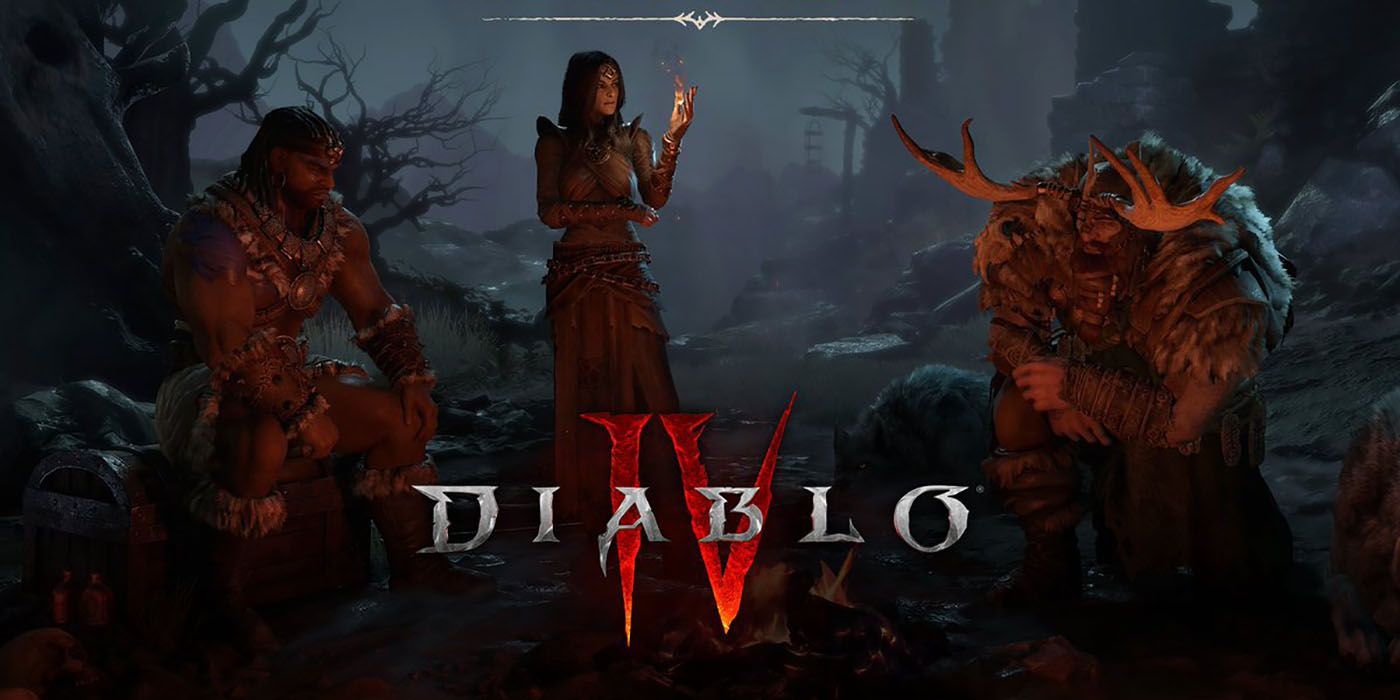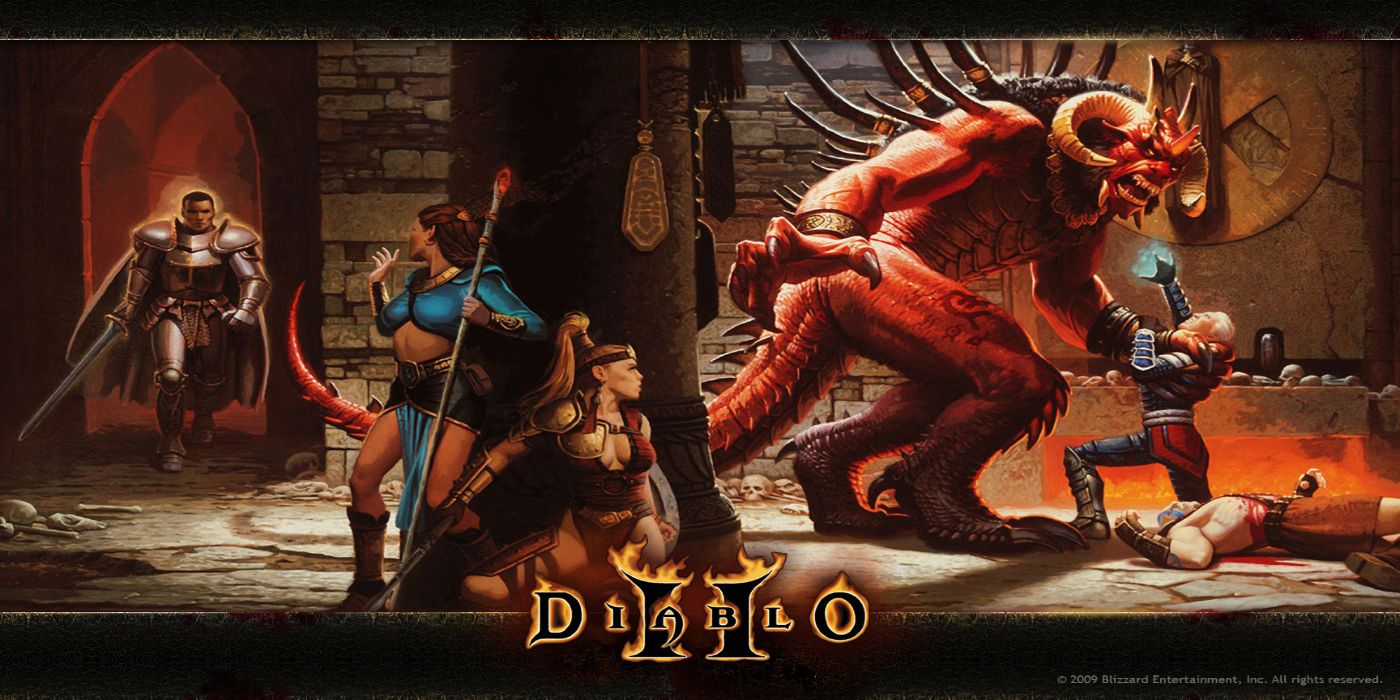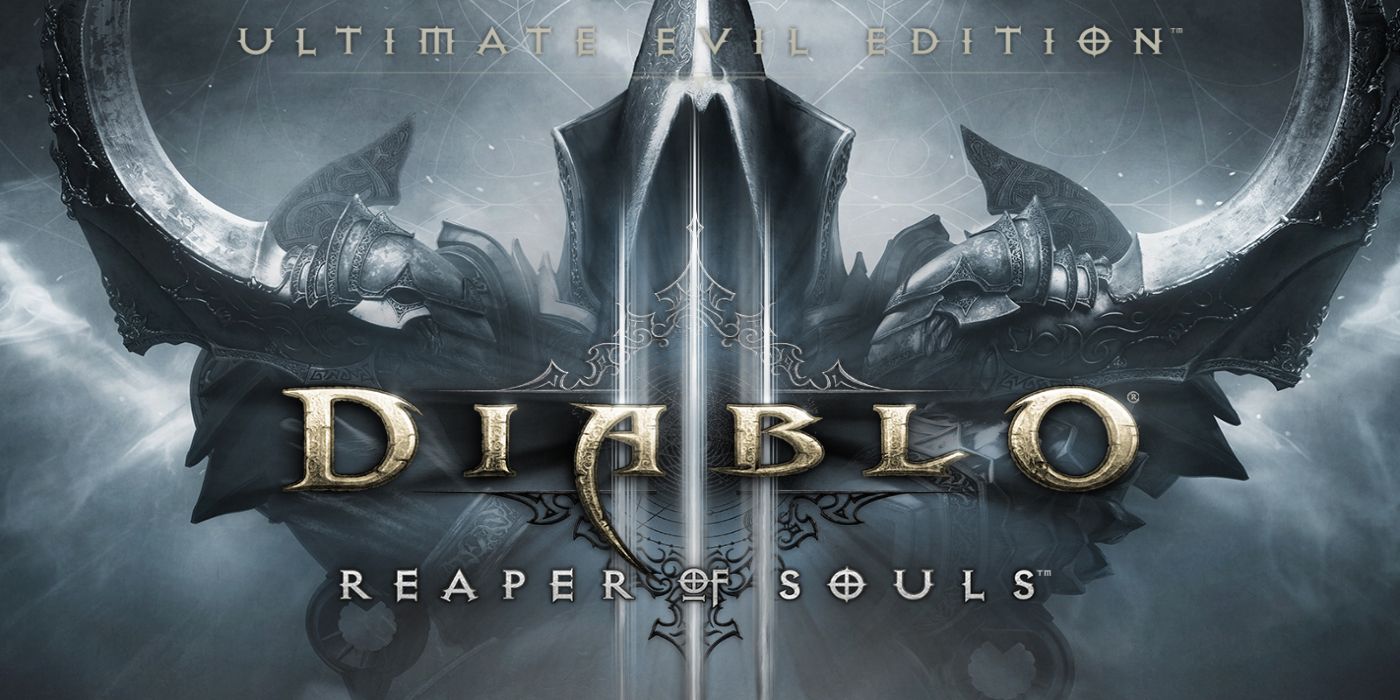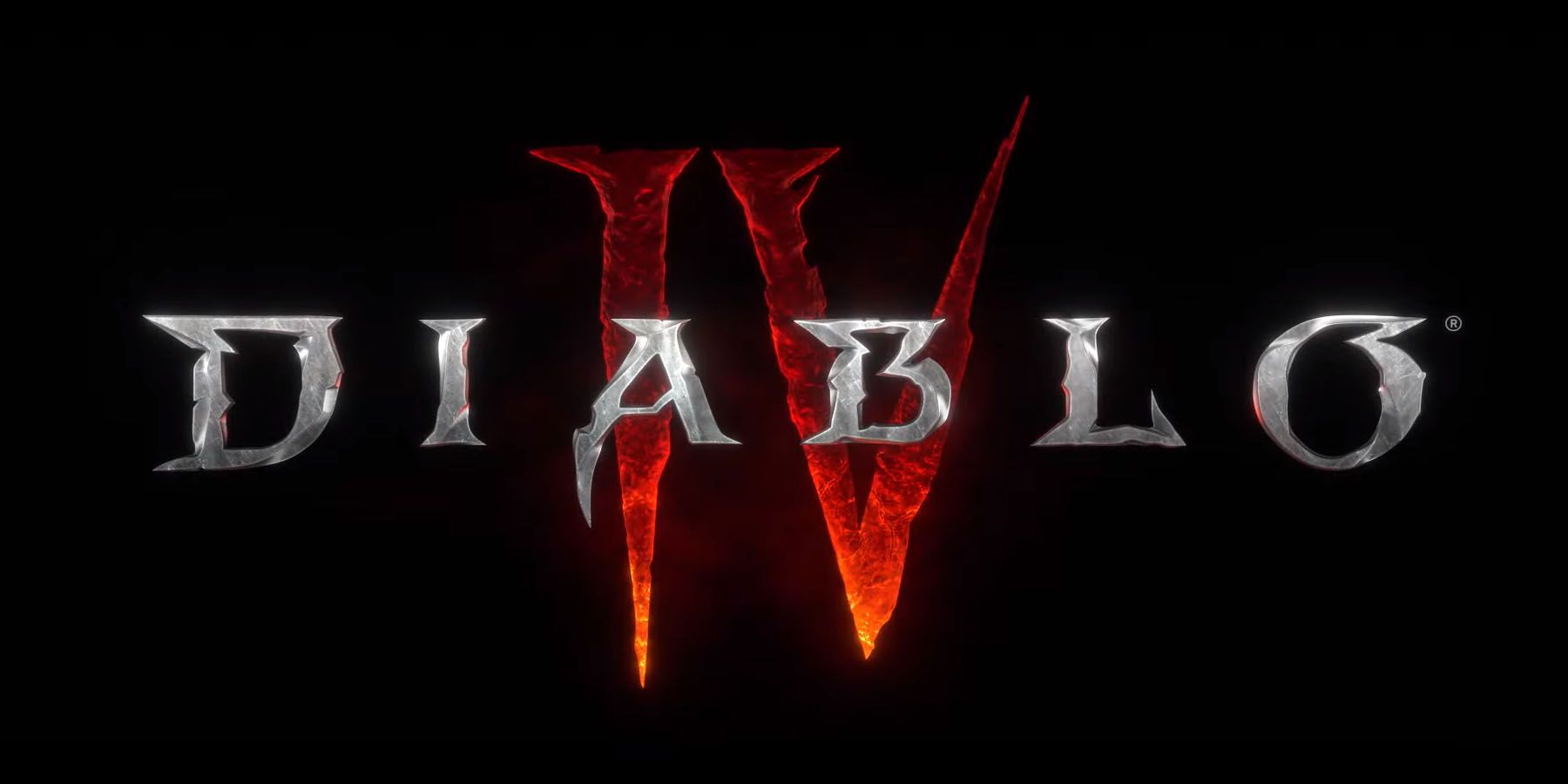As a hellish cornerstone of the dungeon crawler and hack-and-slash genres, Blizzard’s Diablo franchise has tormented souls for over two decades.
In fact, the series is just as prolific as Blizzard’s other top profile franchises, Warcraft and Starcraft. Elements of the series have also appeared alongside those series in Blizzard’s crossover title, Heroes of the Storm. Given the near universal acclaim of the series so far, it’s no wonder that fans are excited about the official announcement of Diablo IV. Given the franchise’s storied history, newcomers will want to get caught up on where the series has been so far. Even old fans may want to relive the previous titles in the series, so here’s a look at the story of the Diablo universe so far.
RELATED: Blizzard Denies It Canceled Diablo 4 Announcement For BlizzCon
Diablo (1996)
The first Diablo game released in 1996 for PC and told the story of a town called Tristam, which was built near a monastery and meant to contain the Soulstone of Diablo himself. Eventually, this Soulstone is removed from its captivity, as Diablo comes to possess a young prince and terrorize the town of Tristam. Tristam, as well as the rest of the settings in the franchise, are part of the greater fantasy world of Sanctuary, with its greatest heights and depths named the High Heavens and the Burning Hells.
RELATED: Blizzard Hong Kong Apology at BlizzCon 2019 Sucked
The player controls a nameless wanderer who faces the evil archbishop Lazarus and goes on to show off against Diablo. The game was hailed for its fun gameplay, moody music and tone and especially its online multiplayer. Sony also produced an add-on, Diablo: Hellfire. The mostly single-player expansion added a side-story about a sorcerer accidentally releasing a demon into the town of Tristam, which the player is tasked with defeating.
Diablo 2 (2000)
The unprecedented success of the first led to a sequel in 2000. Diablo II’s story sees a group of adventures attempting to defeat the Dark Wanderer, a corrupted version of the previous game's hero. Now, the Dark Wanderer seeks to reunite with Diablo’s brothers, Baal and Mephisto.
An add-on was created called Diablo II: Lord of Destruction, which picked up directly after the main game’s ending. With his two brothers defeated, the evil Baal has impersonated one of the archangels, raising an undead army. The player is now tasked with defeating him by working with the warriors at the stronghold called Harrogath. Unlike Diablo: Hellfire, which was somewhat unauthorized, Diablo II: Lord of Destruction was produced in-house by Blizzard.
RELATED: Blizzard Walks Back Controversial Response to Pro-Hong Kong Player
Diablo III (2008)
The most epic title in the franchise to date, Diablo III took place 20 years after its predecessor. The players could choose between seven classes of characters, tasked with investigating a mysterious star that destroys a cathedral from previous entries in the series. Along the way, they encounter various characters from the first two games, such as Diablo II’s Asheara of the Iron Wolves. What starts out as a mere battle with King Leoric to gain access to the cathedral turns into a battle against Diablo himself, having absorbed the souls of hell and become the Prime Evil.
The game was praised for refining gameplay elements of the previous entries and the unpredictability of the game. However, major criticisms dealt with the game’s always-online status. Like its predecessors, it had an expansion in the form of Diablo III: Reaper of Souls. Other expansions included Diablo III: Rise of the Necromancer, which brought back gameplay elements from the second game.
The game launched for PC and was eventually ported to PlayStation 3, Xbox 360, PlayStation 4, Xbox One, and the Nintendo Switch. The console editions were initially released as Diablo III: Ultimate Evil Edition, featuring exclusive elements such as the Nemesis System in the Reaper of Souls function. The final console version, Diablo III: Eternal Collection, contained the additions from the previous two add-ons, and even featured The Legend of Zelda themed content for the Nintendo Switch version.
Diablo IV (?)
The plot for the recently announced sequel will involve Lilith, the daughter of Mephisto and niece of Diablo, attempting to fill the power vacuum left by the events of the previous games. Lilith is also queen of the Succubi, as well as the creator of Sanctuary, making her possibly the most fearsome foe seen in the series yet. Fans will have to wait at least two years to finally face her, however, with Diablo IV releasing around 2021 at earliest. It’s been announced for current generation consoles, despite no confirmed release date.
Diablo IV is currently in development, and is planned to be released for PlayStation 4, Xbox One, and PC.
KEEP READING: Why Blizzard Banned Prominent Hearthstone Player Blitzchung





